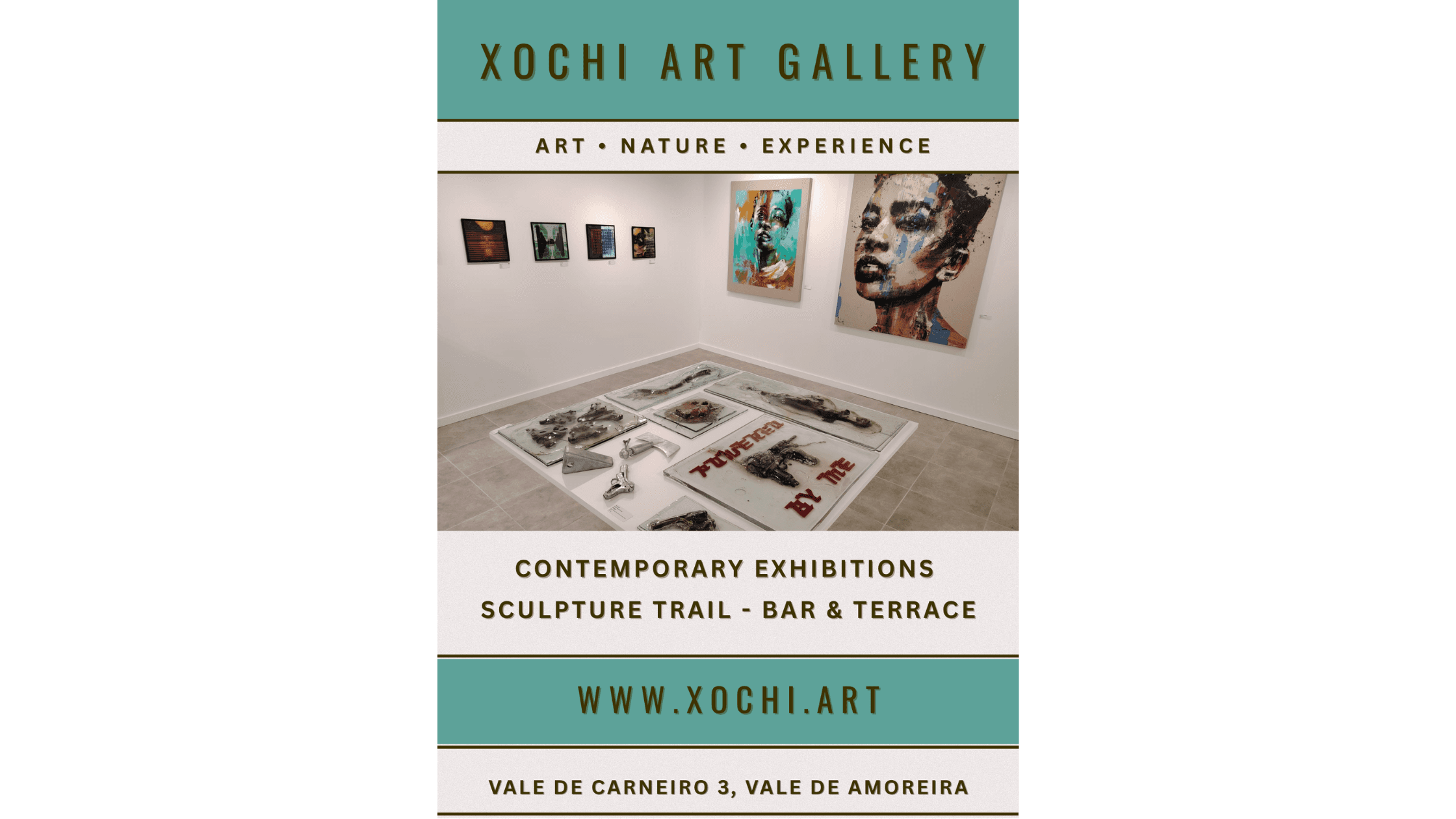
Interview with João Marques – Part Three: An Unexpected Connection
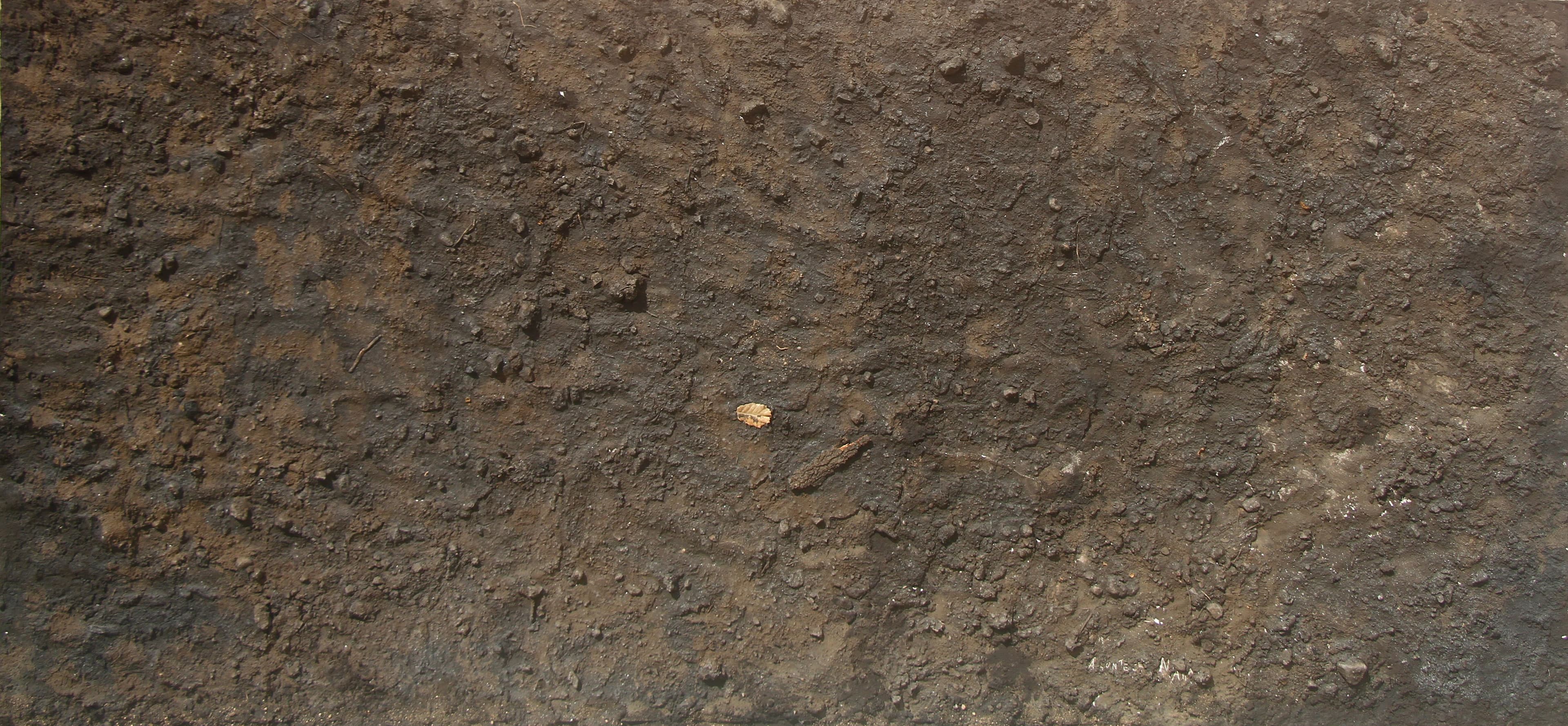
João’s work grew organically from the earth, debris, and forgotten fragments. Only later—almost by accident—did he stumble upon Arte Povera and feel a quiet kinship. Discover how this unexpected connection reveals the deeper pulse of his art and what drives him forward on his own path.
An Unexpected Reaction
What was the most unexpected reaction someone has had to one of your artworks?
There was this moment during my first solo exhibition, which took place at the Natural History Museum. It was a pretty wild project—a large installation made with dirt. I used to go there on Sundays since that’s when the museum had the most visitors. One day, an older woman stopped in front of the piece, and to my surprise, she started crying.
I spoke with her, and when she realized I was the artist, she opened up about how the artwork made her feel. That really touched me, especially since it was my first solo show. The idea that my work could move someone like that meant a lot.
The exhibition itself wasn’t easy to understand. My aunt and cousins, for example, got frustrated because they couldn’t grasp how a crazy dirt installation could be considered art. But then there were people like that woman—people who connected with it on a deeper emotional level. That made it all worthwhile. The work had stirred something real in them.
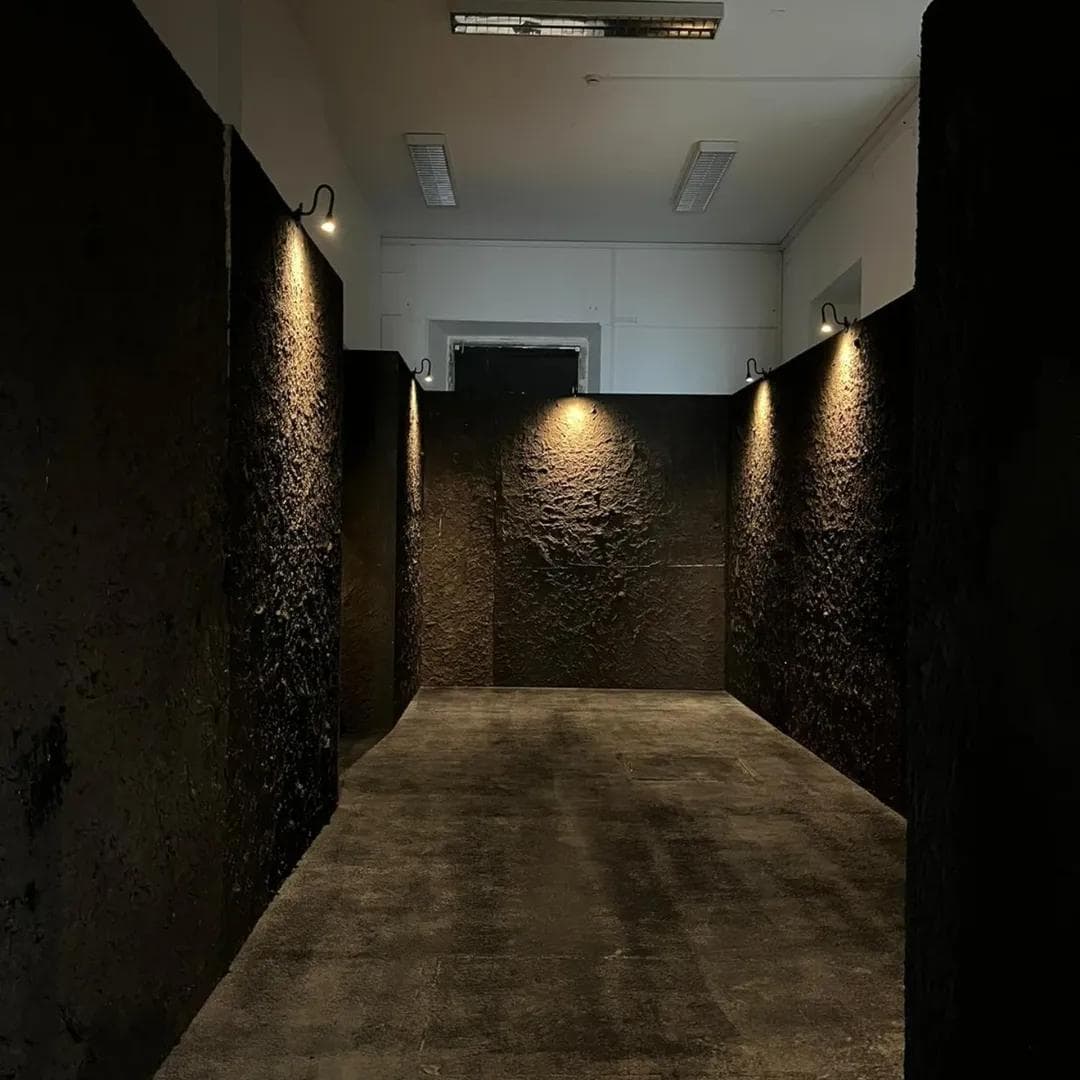
Neste País Sem Olhos e Sem Boca - Natural History Museum, Lisbon, 2024
What made it even more special was that her reaction came from someone completely outside the art world. Sure, critics and family saying nice things is meaningful, but with that woman it was different, it wasn’t about analysis. She wasn’t a regular gallery-goer or an art insider. She was just a regular person, and my work touched her. That meant everything.
An Unexpected Connection
If you could have a conversation with any artist living or dead, who would it be?
Oh wow—there are so many. I’ve never really thought about that, probably because I’ve always seen a separation between the artist and the artwork. That mystery is part of the intrigue. But if I had to choose, I’d love to talk with Giuseppe Penone. I became very attached to his work. It was a big reference point for me. Honestly, I’d probably want to talk to all the artists from the Arte Povera movement. All of them! I think I’d just ask silly questions out of pure curiosity.
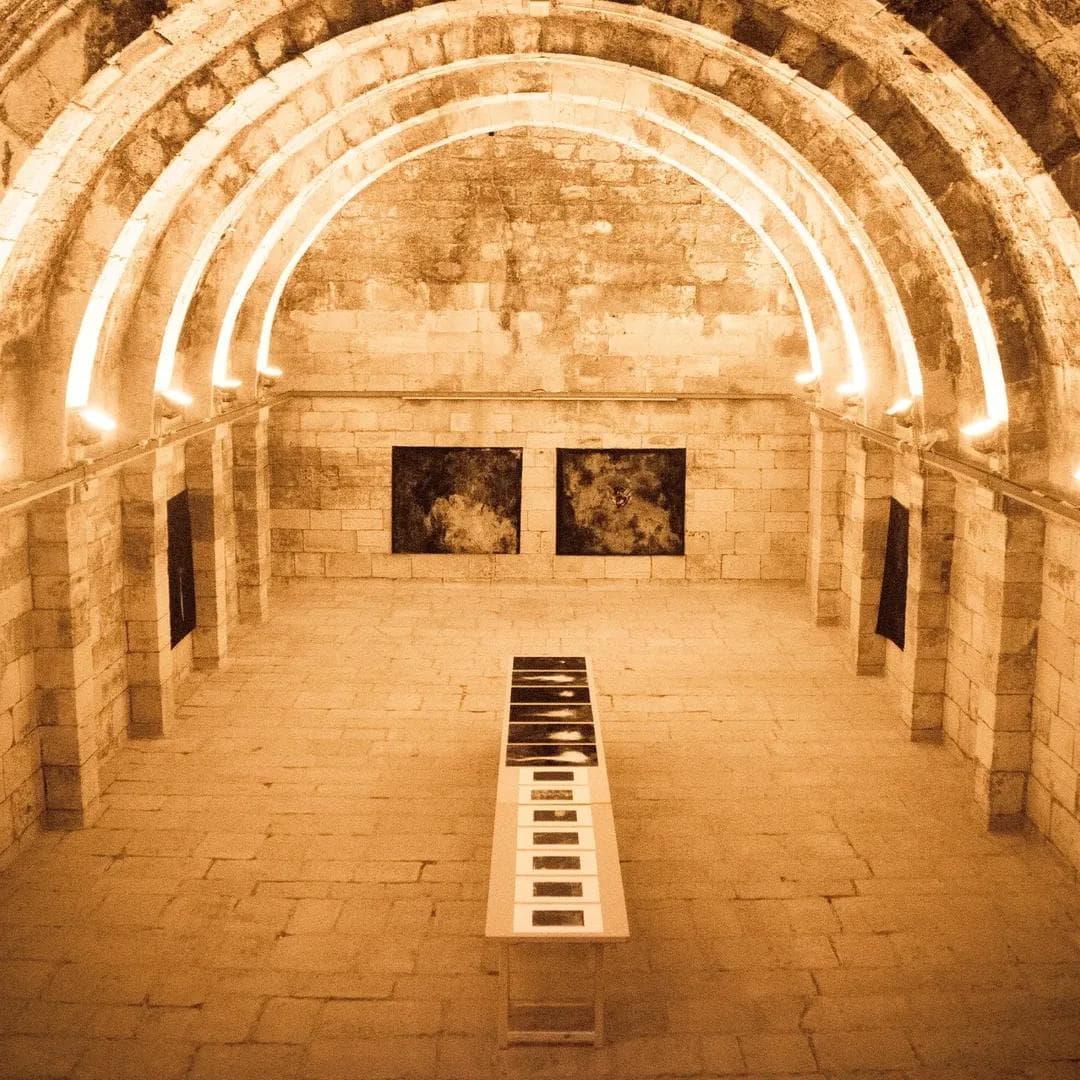
João Marques at Cisterna - Faculty of Fine Arts, Lisbon
Do you feel a strong connection between your work and Arte Povera?
Yes, though it wasn’t something I planned. It happened by chance. After my last exhibition—at Cisterna, the Faculty of Fine Arts—the press text compared my work to Arte Povera. They even explained the movement in the release because the parallels were so strong—in materials, and maybe even in the energy of the pieces.
Not long after that, I encountered Penone’s drawings for the first time at the Centre Pompidou in Paris. It was like a switch flipped. I almost felt embarrassed that I didn’t know who he was. But I felt a pure connection to the work—like I had stumbled into a room I didn’t know existed but somehow recognized.
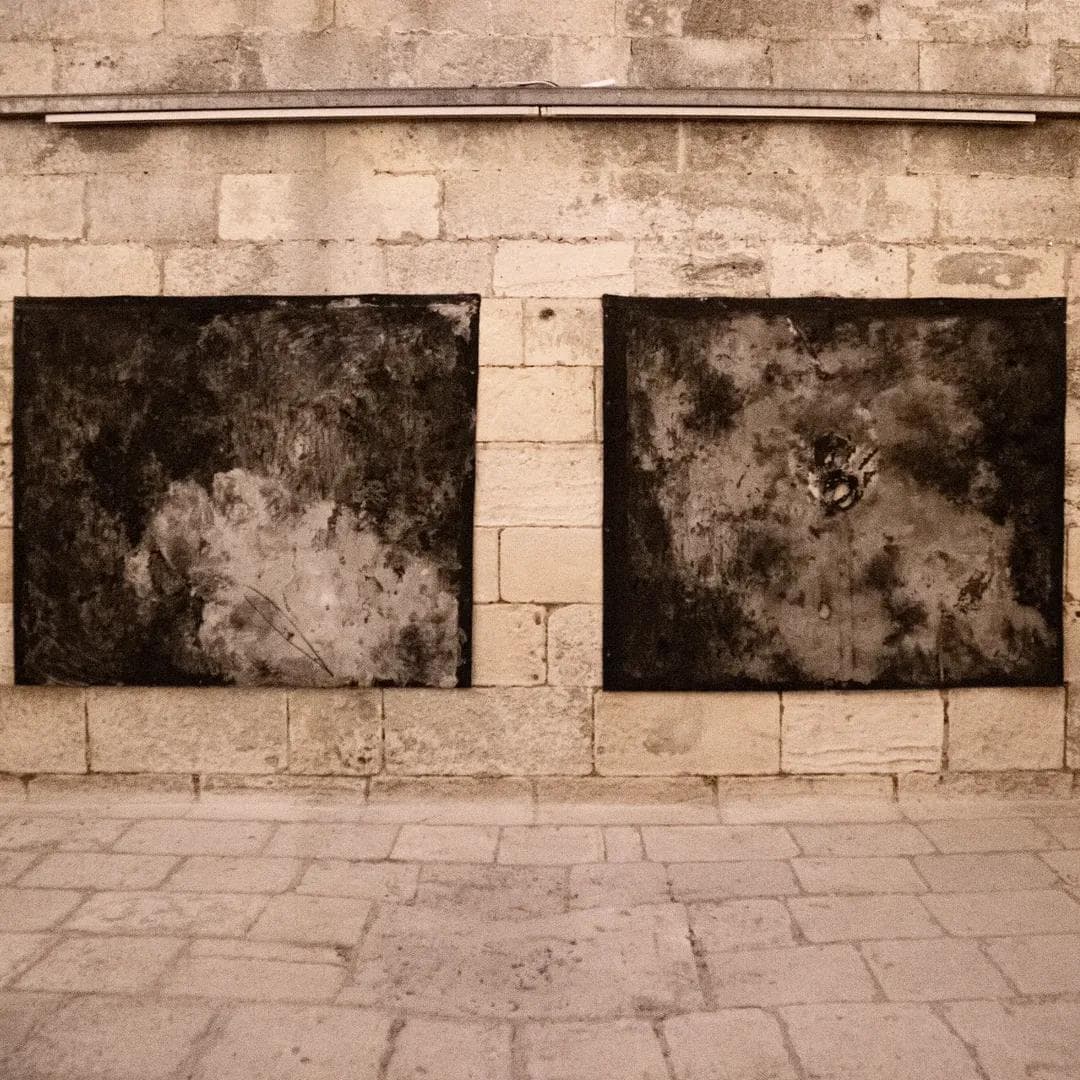
Natureza Morta III & Natureza Morta I
So only afterward did you realize it had affinities with Arte Povre?
Exactly. That’s the strange part. I never set out thinking, “I’m doing Arte Povera.” But when I learned more about it, I couldn’t ignore the resonance. The impulse to experiment, to work with what’s around you, to strip things back to something raw and direct—that’s always drawn me in.
And I think when we really admire something, it’s easy to veer into imitation, to reproduce rather than express. That’s never been my goal. I want the work to come from a place that’s my own, to reflect a voice I’ve found rather than borrowed. Every artist should be their own movement. If what I’m doing happens to align with something I respect, that’s great. If people see echoes of Arte Povera, I’m honored. But the work has to have its own soul. It has to make sense on its own terms.
At the same time, I wouldn’t feel comfortable calling my work Arte Povera—not just out of humility, but out of respect. That movement is deeply rooted in a particular historical and political context. Those artists weren’t just making aesthetic choices—they were responding to their moment in time, each with their own language and urgency.
So we should call your work “Neo Arte Povera”? (laughs)
(laughs) Neo Arte Povera! If that’s the case, I better get a manifesto ready.
Written by


Why Offline Sales Should Be the Main Sales Channel for Artists
